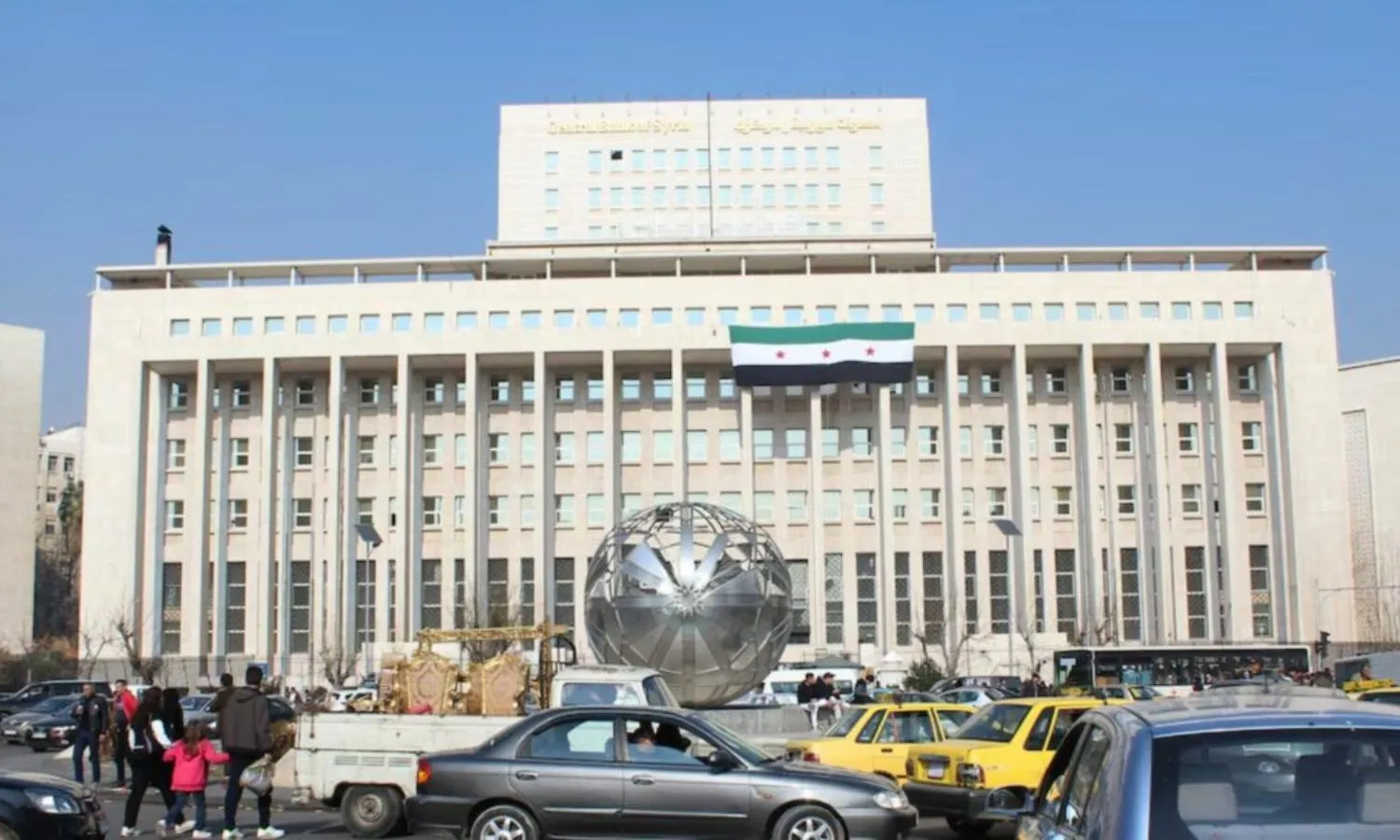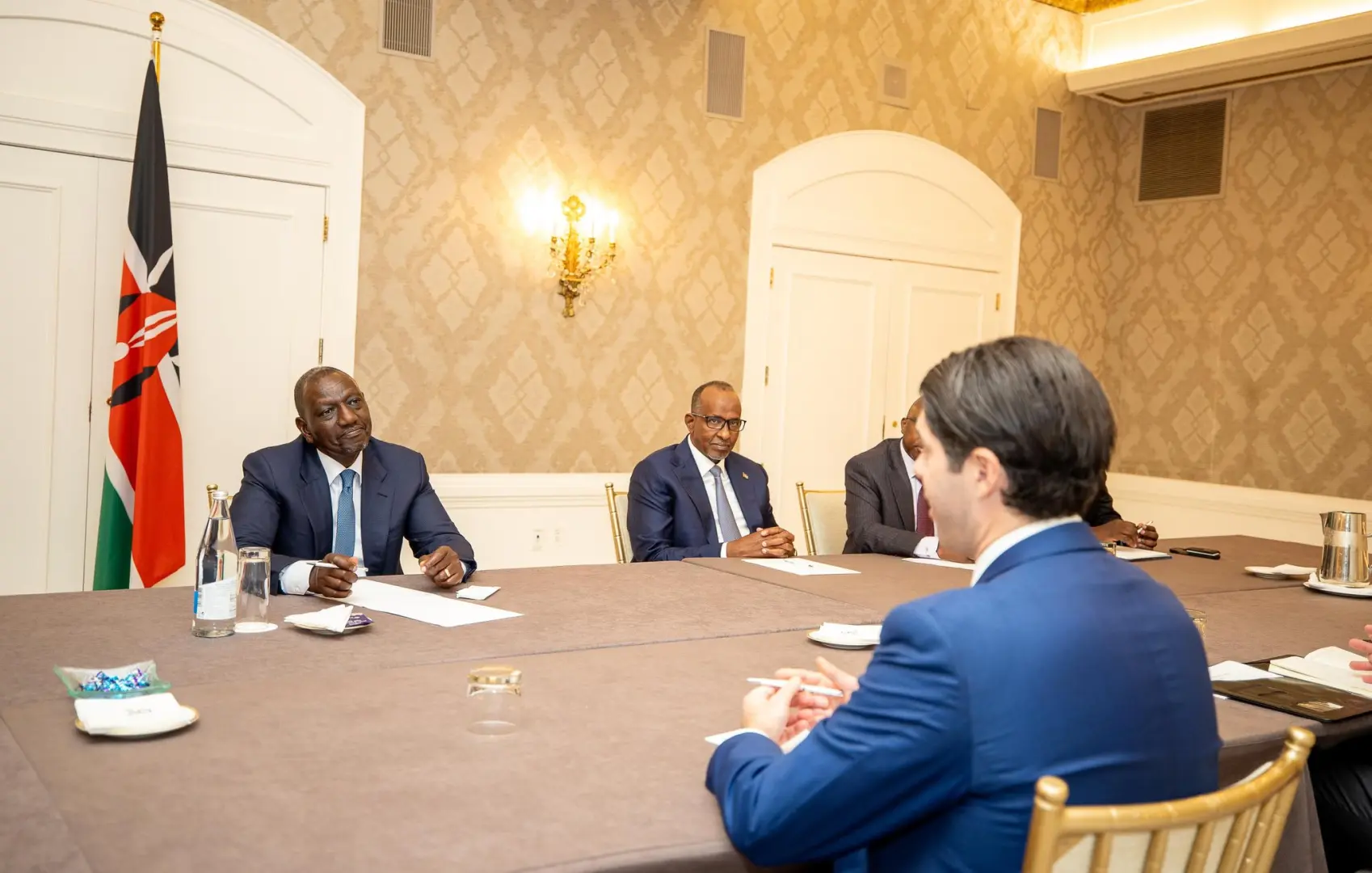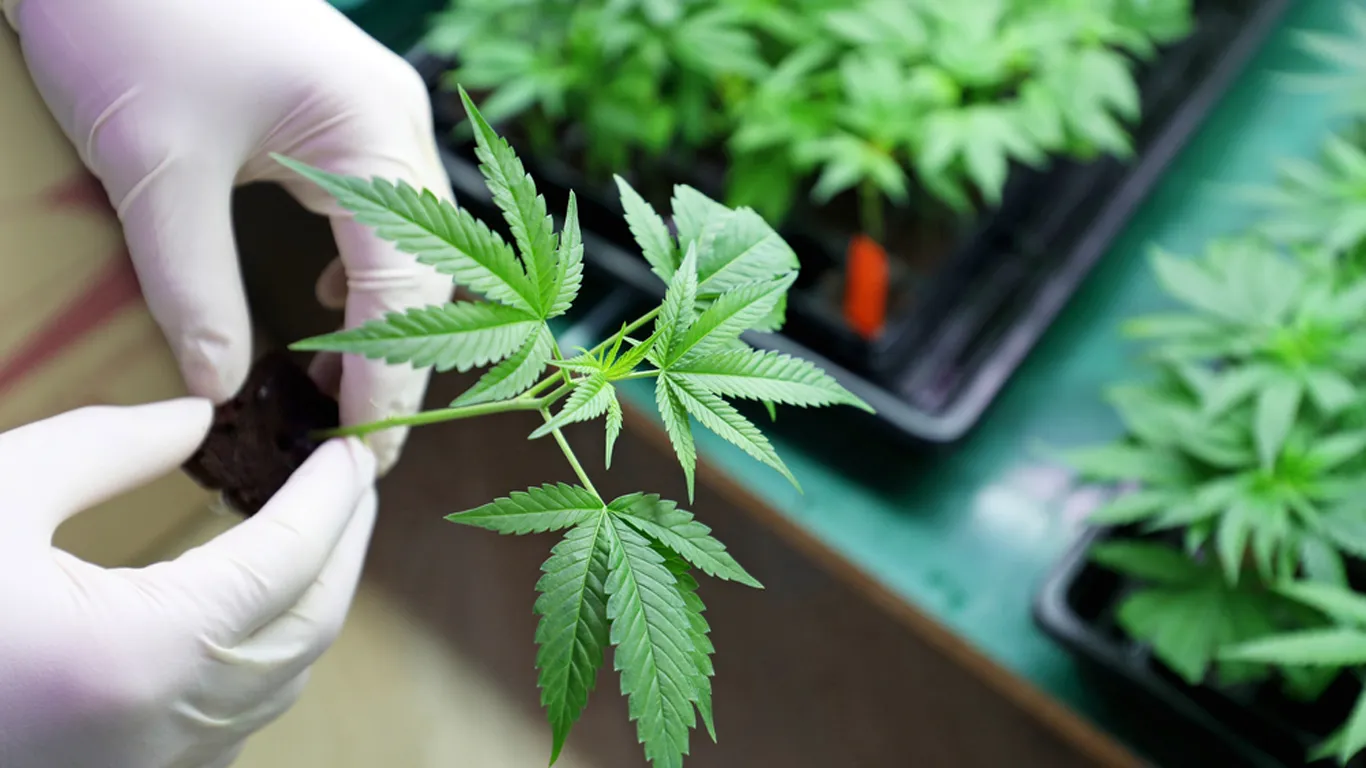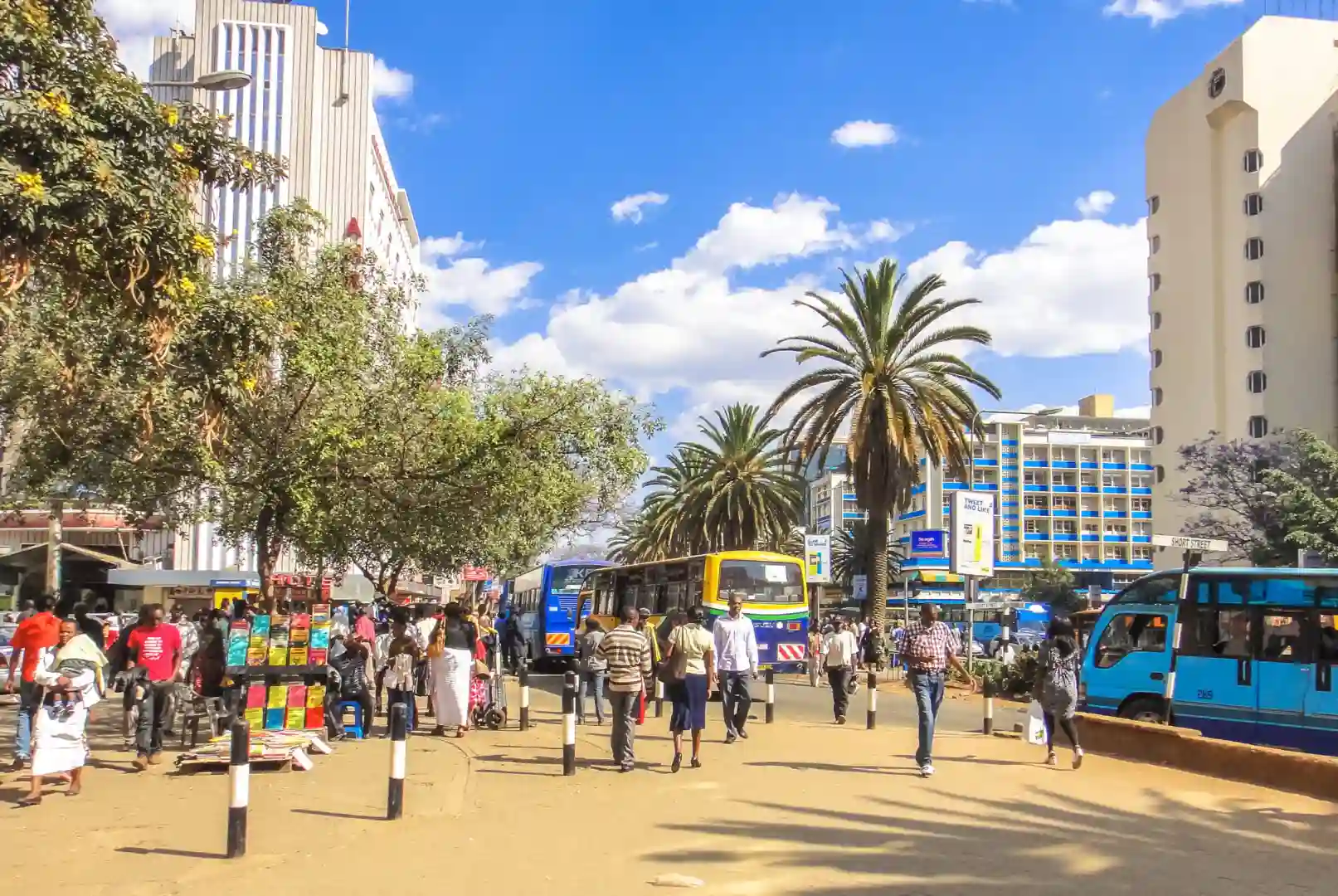After more than a decade of devastating conflict and crippling isolation, Syria is embarking on a pivotal economic reform journey, spearheaded by its Central Bank. In a move signaling profound changes, Central Bank of Syria Governor Abdulkader Husrieh recently confirmed plans to unify the country’s exchange rate before transitioning to a managed float system, aiming to stabilize a national currency that had plummeted to unprecedented lows. Simultaneously, the nation is on the cusp of full reintegration into the Society for Worldwide Interbank Financial Telecommunication (SWIFT) international money transfer system, a critical step towards reconnecting Syria to the global financial arteries after 14 years of war and stringent sanctions.
This ambitious agenda, launched by the transitional government led by President Ahmed Al-Sharaa, marks a significant departure from previous economic policies. It is an assertive stride towards economic liberalization, designed not only to stabilize the battered economy but also to rebuild international trust and attract much-needed foreign investment for the immense task of national reconstruction.
The Scars of War: Economic Isolation and the Syrian Pound’s Plight
For over a decade, the Syrian economy has been ravaged by internal conflict, political fragmentation, and a complex web of international sanctions. What began as a domestic uprising in 2011 quickly escalated into a multi-faceted civil war, tearing apart the country’s social fabric and decimating its once-vibrant economy. The human cost has been immeasurable, with nearly 618,000 deaths and millions displaced, both internally and as refugees. But the economic devastation has been equally profound, impacting every facet of Syrian life.
According to a United Nations Development Programme (UNDP) assessment, the total financial and economic cost of the conflict could reach a staggering $923 billion by the end of 2024. This figure encompasses not only physical destruction but also the cumulative economic deprivation suffered over years. Syria’s Gross Domestic Product (GDP) has shrunk to less than half its value since 2011, and the poverty rate has alarmingly surged from 33% before the conflict to over 90% today, pushing nearly nine out of ten Syrians below the poverty line. Unemployment has tripled, leaving one in four Syrians jobless and struggling to provide for their families.
The country’s infrastructure lies in ruins. Vital systems like roads, power grids, water networks, hospitals, and schools have suffered extensive damage, particularly in once-thriving cities like Aleppo, Raqqa, and Homs. Estimates for the cost of reconstruction vary wildly, from the World Bank’s $250-$400 billion to the Syrian Minister of Economy and Industry’s assessment of up to $1 trillion—figures that far exceed Syria’s current fiscal capacity. Key economic sectors, including agriculture (once the backbone of food security) and manufacturing, have been severely disrupted. Oil production, a critical revenue stream, has plummeted from 383,000 barrels per day in 2010 to a mere 90,000 barrels per day in 2023.
Against this backdrop of widespread destruction and humanitarian crisis, the Syrian pound (SYP) has suffered a catastrophic loss of value. Before the conflict, in March 2011, the exchange rate was around 47 Syrian pounds to the US dollar. By the time former President Bashar al-Assad left power in December 2024, the black-market rate had plummeted to approximately 22,000 Syrian pounds to the dollar. While it has since seen some volatile strengthening, reaching around 11,065 SYP to the dollar in May 2025 as per CEIC Data, the currency’s instability has deeply impacted ordinary Syrians. For years, the Central Bank attempted to manage this crisis by introducing multiple official exchange rates for different transactions, a complex and often ineffective strategy that further complicated foreign exchange dealings and fueled the thriving informal market. This uncontrolled depreciation eroded purchasing power, made imported goods prohibitively expensive, and crippled businesses that relied on foreign currency for inputs. For families, the plummeting pound meant that savings evaporated overnight, daily necessities became luxuries, and life became an unrelenting struggle for survival.
Rejoining the Global Financial Fabric: The SWIFT Lifeline
The announcement of Syria’s imminent full reintegration into the SWIFT international money transfer system within weeks marks a pivotal moment in its journey back to global finance. The Society for Worldwide Interbank Financial Telecommunication (SWIFT) is not a bank itself, nor does it hold or transfer funds directly. Instead, it is a global cooperative that provides a highly secure and standardized messaging network, enabling banks and financial institutions worldwide to exchange information and instructions for financial transactions. Think of it as the world’s most sophisticated and secure postal service for financial messages. With over 11,000 banking institutions in more than 200 countries relying on it, SWIFT is the backbone of secure international money and security transfers.
For 14 years, Syria’s isolation from SWIFT due to international sanctions severely hampered its ability to conduct legitimate cross-border financial transactions. This exclusion meant that Syrian banks could not easily communicate with their international counterparts, making it incredibly difficult and costly to import essential goods, facilitate exports, or even receive remittances from Syrians living abroad. Businesses were forced to rely on informal, often illicit, financial networks, which were expensive, risky, and lacked transparency. Money changers operating outside the formal banking system often took exorbitant cuts, sometimes as high as 40 percent, on dollar transactions, further siphoning off much-needed capital from the legitimate economy and driving up costs for consumers.
Governor Abdulkader Husrieh underscored the transformative impact of SWIFT reconnection, stating it “will reduce import costs, facilitate exports, and curb reliance on informal financial networks.” For Syrian businesses, this means smoother, cheaper, and faster transactions for procuring raw materials and selling products internationally. For ordinary citizens, it promises a more reliable and affordable way to receive remittances from family members working abroad, providing a crucial lifeline for many households. Husrieh affirmed that “all foreign trade will now go through formal banks,” effectively dismantling the lucrative but detrimental business of unauthorized money changers and channeling financial activity back into regulated, transparent channels. This formalization is essential for establishing stability and building trust in the financial system.
A New Dawn: Ahmed Al-Sharaa’s Transitional Government and Economic Liberalization
The current wave of economic reforms is a direct outcome of the shift in Syria’s political landscape. When President Ahmed Al-Sharaa’s transitional government took power last December (December 2024), it swiftly introduced a series of free-market reforms aimed at reviving the economy and reassuring wary foreign investors. This new administration inherited a country grappling with the humanitarian fallout of prolonged conflict, a collapsed economy, and dilapidated infrastructure. The immediate priority, as highlighted by a source close to the president, is “fighting poverty in order to stabilize the country and avoid problems.”
The contrast with the previous regime’s economic approach is stark. Governor Husrieh explicitly stated, “The central bank previously micromanaged the financial system, overregulated lending, and restricted withdrawals.” This central control stifled private sector growth, discouraged investment, and alienated both domestic and international financial players. Under Al-Sharaa’s leadership, the government is committed to a liberal, market-oriented approach. Reforms at the Central Bank include “recapitalization, deregulation, and re-establishing banks as intermediaries between households and businesses.” This means fostering a banking sector that can effectively collect savings and channel them into productive investments, stimulating economic activity from the grassroots up.
Beyond the financial sector, the transitional government has already begun implementing broader reforms, such as privatizing state-owned firms and easing import restrictions. These measures aim to reduce bureaucratic hurdles, foster competition, and attract foreign investment by creating a more business-friendly environment. Early signs suggest some positive impact: there has been an increased availability of fuel and goods, including certain fruits whose import had previously been nearly impossible under the old, restrictive system. This tangible improvement in daily life, though nascent, offers a glimpse of the potential benefits of the new economic direction.
De-risking the Economy: Tackling Unauthorized Money Changers and Sanctions
One of the most immediate and tangible benefits of the currency unification and SWIFT reintegration will be the severe curtailment of the informal foreign exchange market. For years, the absence of formal channels and the Syrian pound’s volatility forced individuals and businesses to rely on black-market money changers. These informal networks thrived on the desperation of a populace cut off from global finance, often charging exorbitant commissions – the reported 40 percent cut on dollar transactions was a heavy tax on every cross-border payment, whether for imports, exports, or remittances. By formalizing all foreign trade through banks and moving towards a unified exchange rate, the government aims to eliminate this parasitic layer, allowing more value to remain within the legitimate economy and benefit ordinary citizens.
Another critical factor influencing Syria’s economic prospects is the evolving landscape of international sanctions. For well over a decade, Syria faced severe economic sanctions, with the most impactful being the Caesar Syria Civilian Protection Act imposed by the United States. These sanctions were designed to hold the previous Syrian government and its allies accountable for war crimes and to deter foreign entities from engaging in business that could directly or indirectly support the regime. While the Caesar Act was intended to pressure the government, it also had significant unintended consequences, often exacerbating the humanitarian crisis by limiting access to essential goods, blocking financial flows, and hindering reconstruction efforts.
The original news report stated that “President Donald Trump’s announcement of lifting sanctions provided a major boost last month.” This refers to a significant, though perhaps not comprehensive, easing of certain restrictions. While the European Union and Britain have also lifted some of their sanctions, Governor Husrieh stressed that “a full policy shift is still needed,” calling for “comprehensive sanctions removal rather than selective measures.” This indicates that while the recent easing is a welcome development and crucial for SWIFT reintegration, the full economic recovery will depend on a broader lifting of all remaining restrictive measures. The prospect of further sanctions relief, if tied to ongoing reforms and stability, could unlock even greater foreign investment and trade opportunities.
Building Bridges, Rebuilding Futures: Foreign Investment and Gulf Support
The new government’s economic reforms and the easing of sanctions have already begun to attract tangible signs of renewed international interest and investment, particularly from Gulf nations. These developments are critical for funding the monumental task of rebuilding Syria’s shattered infrastructure and economy.
Key initiatives already in motion include:
- A substantial $7 billion energy deal with Qatar. This investment, led by Qatar’s UCC Holding, is crucial for addressing Syria’s severe energy deficit. With energy production having fallen by 80% and over 70% of power plants damaged during the conflict, this deal aims to restore reliable power supply, which is fundamental for both industrial recovery and daily life.
- The reopening of the Damascus Securities Exchange, a symbolic yet practical step towards rebuilding a formal capital market and attracting both domestic and foreign portfolio investment.
- A $300 million fiber-optic project with Gulf telecom companies, vital for modernizing Syria’s digital infrastructure, enhancing connectivity, and supporting the growth of a digital economy.
- An $800 million port development agreement with Dubai-based DP World, signaling renewed interest in Syria’s trade routes and enhancing its capacity for import and export.
Crucially, Saudi Arabia and Qatar are playing a significant role in stabilizing Syria’s economy. These nations, demonstrating a commitment to regional stability and Syria’s recovery, have actively pledged financial support. A notable demonstration of this support occurred on May 12, 2025, when Saudi Arabia and Qatar cleared Syria’s arrears of approximately $15.5 million due to the International Development Association (IDA) of the World Bank. This action, confirmed by the World Bank on May 16, 2025 in a joint press statement, paves the way for the World Bank Group to resume its support and operations in Syria after a suspension of more than fourteen years. This clearance is a key unlock, as it allows Syria to access broader financial support for critical sector development and technical assistance for institutional rebuilding and policy formulation. Beyond debt clearance, Saudi Arabia and Qatar have also pledged to cover public sector salaries for three months, providing immediate relief and stability for government employees.
Further highlighting the growing international confidence, the UNDP is also planning to support Syria with $1.3 billion in funding over three years, specifically targeting infrastructure rebuilding and backing digital startups. Even private entities are exploring opportunities; the billionaire Emirati entrepreneur Khalaf Al Habtoor, chairman of the Dubai-based Al Habtoor Group, has announced plans to visit Syria to explore new investment avenues, stating, “Syria is a country rich in culture, history, and capable people. We believe in its future potential and are eager to play a role in its revival through meaningful projects that generate employment.” These inflows of capital and expertise are critical steps towards reversing the deep economic decline and fostering sustainable recovery.
The Road Ahead: Challenges and Aspirations for a Resilient Syria
Despite the significant strides and cautious optimism, Syria’s path to full economic recovery remains long and fraught with challenges. The scale of destruction is immense, and the estimated reconstruction costs are staggering, ranging from $250 billion to $1 trillion. While foreign investment and regional support are vital, securing the vast sums required for comprehensive rebuilding will demand sustained international commitment and innovative financing mechanisms.
Poverty remains a pervasive issue, with 90% of the population living below the poverty line. Addressing this requires not only macro-economic stability but also targeted interventions to restore livelihoods, support micro, small, and medium-sized enterprises (MSMEs) which historically formed the backbone of the Syrian economy, and ensure equitable distribution of resources. The informal economy, while providing a lifeline during crisis, also created distortions and fostered mistrust in formal institutions. Rebuilding trust in the banking sector and government institutions will be a gradual process, requiring consistent transparency and effective governance.
Furthermore, long-term political stability is crucial for sustained economic growth. While the transitional government has swiftly introduced reforms, the complex internal and regional dynamics that fueled the conflict will need to be managed to ensure a secure environment for investment and development. The UNDP has warned that at current growth rates (1.3% annually from 2018-2024), Syria’s economy could take 55 years to restore pre-conflict GDP levels. To achieve recovery within 10 to 15 years, annual growth rates would need to increase six-fold or even ten-fold, highlighting the monumental task ahead.
Despite these daunting challenges, Governor Husrieh’s vision is clear: “We aim to enhance the brand of the country as a financial hub given the expected foreign direct investment in rebuilding and infrastructure—this is crucial.” This long-term aspiration speaks to Syria’s historical role as a trade and cultural crossroads, a role it seeks to reclaim in the modern era.
Humanizing the Numbers: Impact on Everyday Syrians
Behind the economic figures and policy shifts lies the daily struggle and resilient spirit of the Syrian people. For years, the collapse of the Syrian pound meant that basic necessities like food, medicine, and fuel became increasingly unaffordable. Families often had to choose between essentials, and widespread hunger became a tragic reality. With the cost of living skyrocketing, many resorted to desperate measures, while others relied on precarious humanitarian aid to survive. The informal foreign exchange market, while a necessity, meant that any money received from abroad was immediately devalued by exorbitant fees, further squeezing already stretched households.
The reforms announced by the Central Bank offer a glimmer of hope for these ordinary Syrians. Currency unification and stabilization could bring down the cost of living, making food and other essential goods more accessible. Reintegrating into SWIFT will significantly ease the flow of remittances, allowing Syrian families to receive money from relatives abroad more reliably and without losing a large percentage to informal brokers. This direct connection to global finance can literally put more food on tables and provide critical funds for education and healthcare.
The push for foreign investment in reconstruction and energy infrastructure holds the promise of jobs – stable jobs with formal wages, allowing Syrians to regain dignity and self-sufficiency after years of unemployment and informal labor. Rebuilding damaged schools and hospitals, improving water systems, and restoring electricity will directly enhance the quality of life for millions, providing access to essential services that have been severely lacking. While the road ahead is long and arduous, these initial steps offer a vital sense of hope that the economic fabric of Syria can indeed be mended, allowing its people to begin building a more stable and prosperous future.
Conclusion: A Cautious but Critical Reawakening
Syria’s announcement of currency unification and its impending return to the SWIFT global payment system represents a critical inflection point in its post-conflict trajectory. Led by the transitional government and backed by a revitalized Central Bank, these reforms signal a determined shift towards economic liberalization and reintegration into the global community. The support from Gulf nations, coupled with the gradual easing of international sanctions, provides a much-needed impetus for these changes.
While the challenges of rebuilding a nation devastated by war are immense—requiring colossal financial investment, sustained political stability, and addressing pervasive poverty—these initial steps are undeniably significant. They offer a tangible promise of improved economic stability, reduced living costs, and increased opportunities for the Syrian people. As Syria cautiously reopens its doors to the world of formal finance and foreign investment, the hope is that these reforms will lay a solid foundation for a more resilient, equitable, and self-sufficient future for all Syrians. The journey will be arduous, but the reestablishment of these vital financial lifelines marks a crucial first step toward a cautious but critical reawakening.
Ready to take your career to the next level? Join our dynamic courses: ACCA, HESI A2, ATI TEAS 7 , HESI EXIT , NCLEX – RN and NCLEX – PN, Financial Literacy!🌟 Dive into a world of opportunities and empower yourself for success. Explore more at Serrari Ed and start your exciting journey today! ✨
photo source: Google
By: Montel Kamau
Serrari Financial Analyst
10th June, 2025
Article, Financial and News Disclaimer
The Value of a Financial Advisor
While this article offers valuable insights, it is essential to recognize that personal finance can be highly complex and unique to each individual. A financial advisor provides professional expertise and personalized guidance to help you make well-informed decisions tailored to your specific circumstances and goals.
Beyond offering knowledge, a financial advisor serves as a trusted partner to help you stay disciplined, avoid common pitfalls, and remain focused on your long-term objectives. Their perspective and experience can complement your own efforts, enhancing your financial well-being and ensuring a more confident approach to managing your finances.
Disclaimer: This article is for informational purposes only and does not constitute financial advice. Readers are encouraged to consult a licensed financial advisor to obtain guidance specific to their financial situation.
Article and News Disclaimer
The information provided on www.serrarigroup.com is for general informational purposes only. While we strive to keep the information up to date and accurate, we make no representations or warranties of any kind, express or implied, about the completeness, accuracy, reliability, suitability, or availability with respect to the website or the information, products, services, or related graphics contained on the website for any purpose. Any reliance you place on such information is therefore strictly at your own risk.
www.serrarigroup.com is not responsible for any errors or omissions, or for the results obtained from the use of this information. All information on the website is provided on an as-is basis, with no guarantee of completeness, accuracy, timeliness, or of the results obtained from the use of this information, and without warranty of any kind, express or implied, including but not limited to warranties of performance, merchantability, and fitness for a particular purpose.
In no event will www.serrarigroup.com be liable to you or anyone else for any decision made or action taken in reliance on the information provided on the website or for any consequential, special, or similar damages, even if advised of the possibility of such damages.
The articles, news, and information presented on www.serrarigroup.com reflect the opinions of the respective authors and contributors and do not necessarily represent the views of the website or its management. Any views or opinions expressed are solely those of the individual authors and do not represent the website's views or opinions as a whole.
The content on www.serrarigroup.com may include links to external websites, which are provided for convenience and informational purposes only. We have no control over the nature, content, and availability of those sites. The inclusion of any links does not necessarily imply a recommendation or endorsement of the views expressed within them.
Every effort is made to keep the website up and running smoothly. However, www.serrarigroup.com takes no responsibility for, and will not be liable for, the website being temporarily unavailable due to technical issues beyond our control.
Please note that laws, regulations, and information can change rapidly, and we advise you to conduct further research and seek professional advice when necessary.
By using www.serrarigroup.com, you agree to this disclaimer and its terms. If you do not agree with this disclaimer, please do not use the website.
www.serrarigroup.com, reserves the right to update, modify, or remove any part of this disclaimer without prior notice. It is your responsibility to review this disclaimer periodically for changes.
Serrari Group 2025












